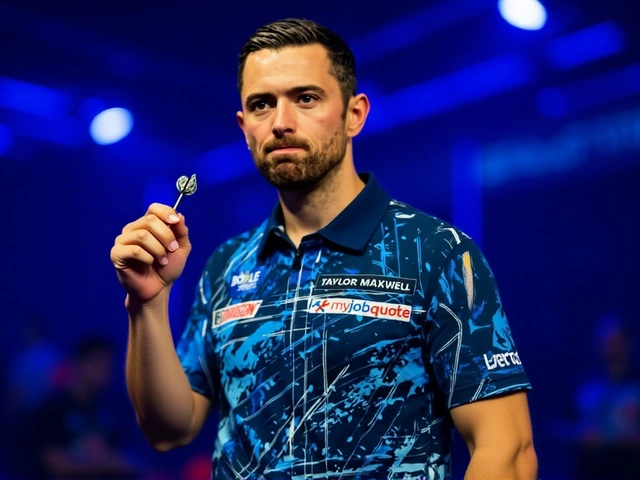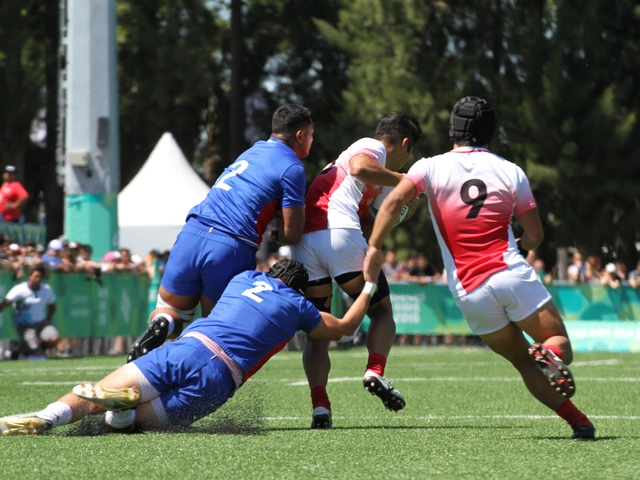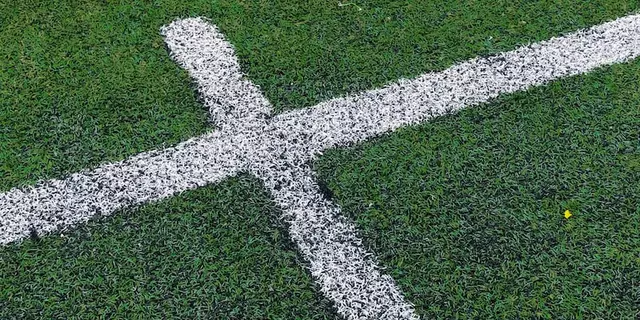American Rugby – What’s Happening and How to Get Involved
Rugby might still be behind football and basketball in the United States, but it’s quietly catching up. From high‑school gyms to big‑time universities, more players are picking up the oval ball every season. If you’re curious about why the sport is finally getting noticed, or you want to join a team, you’re in the right place.
College rugby is booming
Every year a handful of US colleges announce new rugby programs. Harvard, Yale, Stanford and even service academies like West Point and the Naval Academy now field competitive squads. These teams compete in regional leagues, travel across the country for tournaments, and often earn scholarships for standout athletes. The appeal is simple – rugby offers a mix of physical challenge, teamwork, and a global community that many students find missing in other sports.
What’s cool is the variety of playing styles you’ll see. Some schools focus on the fast‑paced sevens format, while others stick to the traditional 15‑a‑side game. Either way, coaches stress skill development, fitness and sportsmanship. If you’re a student, dropping into a club is usually as easy as showing up for a practice session. Most campuses have a social media page or a Discord server where you can find training times and contact the captain.
Why the sport still faces hurdles
Despite the growth, rugby still fights an uphill battle for mainstream attention. The biggest obstacle is competition from entrenched American sports that dominate TV screens and school budgets. Football’s popularity also creates a perception that rugby is just a rough version of a game most kids already know, which can scare off newcomers.
Another issue is the lack of a clear pathway to the professional level. While Major League Rugby (MLR) gives top players a chance to earn a living, the league is still young and only has a dozen teams. That said, MLR’s visibility is improving, and the USA national team, the Eagles, has pulled off some impressive wins that get the buzz going.
Still, the community is finding clever ways to grow. Local clubs host ‘Try Rugby’ nights where anyone can come and learn basic skills in a relaxed setting. Schools partner with community centres to run after‑school sessions, and social media influencers share highlight reels that make the sport look exciting. These grassroots moves are helping break down the myth that rugby is too complex or dangerous.
If you’re wondering whether you need to be huge to play, the answer is no. Rugby thrives on players of all sizes – speedsters, tacklers, strategic thinkers – each finds a role on the field. The key is a willingness to work hard, listen to coaches, and respect the code of conduct that keeps the game safe.
So, whether you’re a student looking for a new challenge, a fan curious about the sport’s future, or just someone who enjoys a good team game, American rugby offers something worth checking out. Join a local club, attend a college match, or follow the Eagles as they take on the world. The ball’s rolling, and there’s room for you on the pitch.
The average height of an American rugby player is 6'2". This is slightly taller than the average American male, which is 5'9". The average weight of an American rugby player is 208 lbs. However, the height and weight of a player will vary depending on their position. For example, forwards tend to be taller and heavier than backs. On average, a forward is 6'5" and 230 lbs, while a back is slightly shorter and lighter. In general, the taller and heavier a player is, the more effective they will be at the game.
READ MORE





